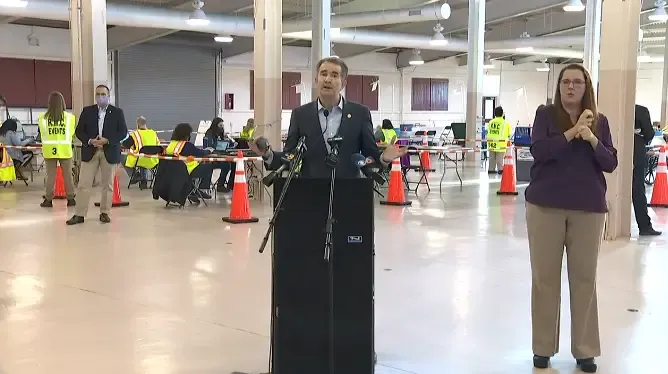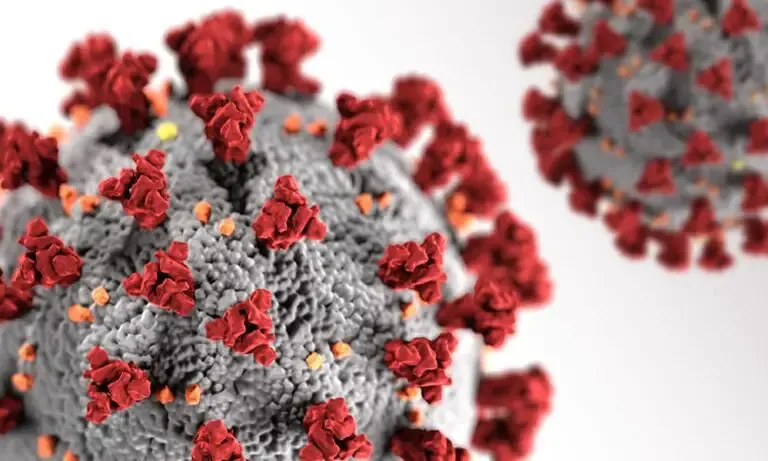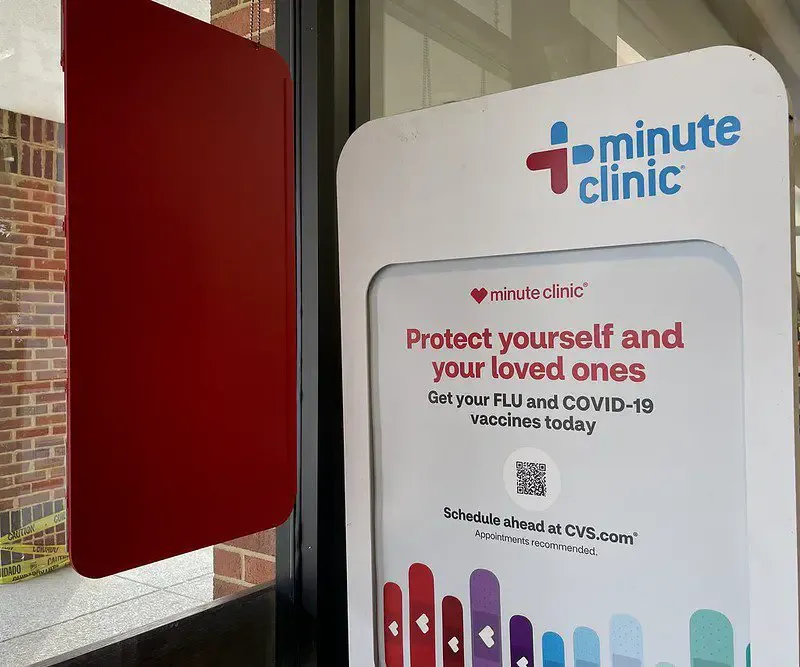COVID-19 vaccination — Top News — COVID-19 — Richmond Raceway — Ralph Northam — Danny Avula — COVID in Henrico — Virginia COVID vaccine distribution
Avula: Virginia's vaccine distribution levels better than reported, but improvement still needed




